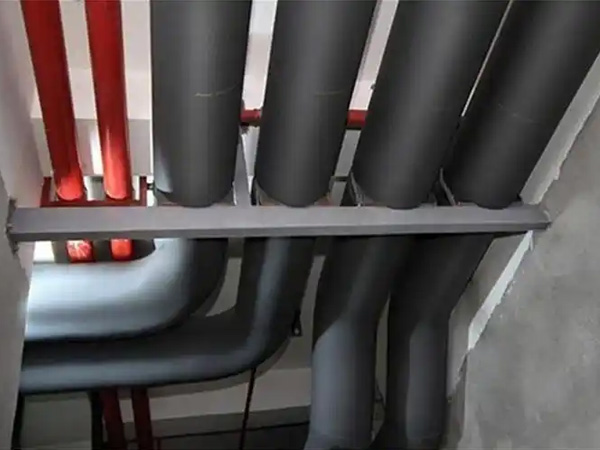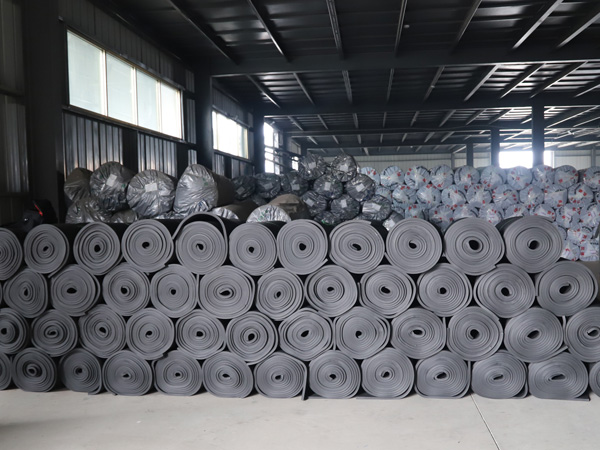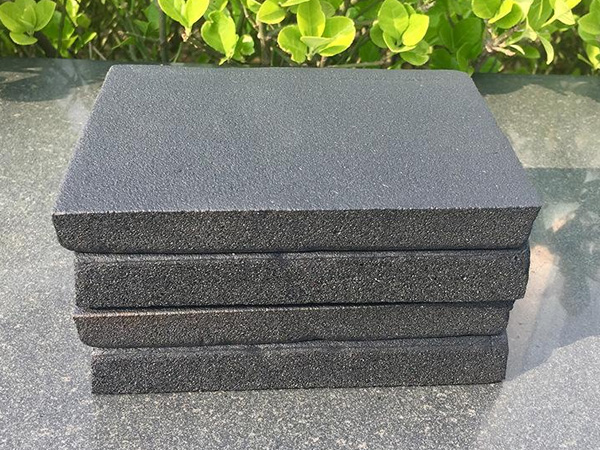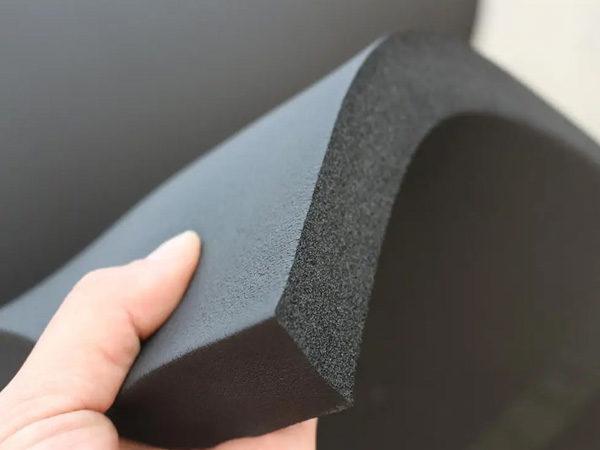Boosting Cold Storage Energy Efficiency with Rubber Foam Board
2025-08-22 03:34:46
In modern cold storage facilities, maintaining precise temperatures while keeping operating costs in check is a constant challenge. Insulation plays a decisive role in meeting this goal, and Rubber Foam Board has proven to be one of the most effective materials available.
With its closed-cell structure, outstanding thermal performance, and moisture resistance, Rubber Foam Board offers a well-rounded solution for facilities that require stable low temperatures. Let’s examine how it contributes to energy efficiency and long-term operational success in cold storage applications.
1. Advanced Thermal Performance for Temperature Stability
The efficiency of a cold storage room depends on its ability to retain cold air and block external heat. Rubber Foam Board creates a dense thermal barrier, slowing heat transfer and maintaining consistent temperatures inside the facility.
By limiting heat gain, this insulation helps:
·Reduce refrigeration system workload
·Keep energy consumption under control
·Prevent fluctuations that can damage perishable goods


2. Reducing Energy Loss and Lowering Utility Bills
Every bit of unwanted heat entering a cold storage space forces refrigeration units to work harder. With Rubber Foam Board installed, energy loss is minimized, allowing systems to operate more efficiently.
Over time, this can translate into:
·Noticeable drops in monthly energy costs
·Extended service life for cooling equipment
·Reduced carbon emissions due to lower electricity usage
3. Effective Moisture and Condensation Control
Cold storage facilities often deal with high humidity and condensation issues, which can lead to frost buildup, corrosion, and insulation degradation. The closed-cell design of Rubber Foam Board resists water vapor penetration, preserving its insulating capacity over the long term.
This provides:
·Better protection against mold and bacteria growth
·Consistent insulation performance in humid environments
·Reduced maintenance from water-related damage
4. Versatility for Installation in Various Applications
Lightweight and easy to work with, Rubber Foam Board adapts to different installation needs—whether for new builds or retrofits. It can be cut and shaped to fit a variety of cold storage components, including:
·Interior walls and ceilings
·Floor insulation for load-bearing areas
·Walk-in freezers and refrigerated containers
·Paneling for specialized cooling chambers
Its smooth finish also enhances cleanliness and aesthetics within storage areas.


5. Added Safety Through Fire Resistance
In industrial cold storage operations, safety standards are non-negotiable. Rubber Foam Board is often manufactured with fire-retardant properties, helping to slow flame spread and providing additional protection for both goods and personnel.
6. Durable Performance in Harsh Conditions
Cold storage environments are demanding—low temperatures, moisture exposure, and heavy mechanical use are common. Rubber Foam Board holds its shape and insulating ability even after years of operation, resisting cracking, shrinking, or deterioration.
This durability means fewer replacements, less downtime, and a better overall return on investment.
7. Supporting Sustainable Cold Storage Practices
As more facilities adopt eco-friendly strategies, Rubber Foam Board aligns with sustainability goals by improving energy efficiency and reducing waste from premature material replacement. Its long service life and efficient performance help minimize environmental impact.
Conclusion: Rubber Foam Board as a Cold Storage Game-Changer
From minimizing thermal loss to cutting operational costs, Rubber Foam Board delivers tangible advantages for cold storage operators. Its combination of high thermal resistance, moisture protection, fire safety, and durability makes it an insulation material worth considering for any facility that values performance and sustainability.
Whether you are designing a new cold storage plant or upgrading an existing one, Rubber Foam Board offers a proven pathway to greater efficiency and long-term savings.
References
GB/T 7714:Al-Homoud M S. Performance characteristics and practical applications of common building thermal insulation materials[J]. Building and environment, 2005, 40(3): 353-366.
MLA:Al-Homoud, Mohammad S. "Performance characteristics and practical applications of common building thermal insulation materials." Building and environment 40.3 (2005): 353-366.
APA:Al-Homoud, M. S. (2005). Performance characteristics and practical applications of common building thermal insulation materials. Building and environment, 40(3), 353-366.

OurFlame Retardant Rubber Foamis a premium closed-cell elastomeric insulation material engi...

OurRubber Pipe Insulationis a high-performance solution designed specifically for HVAC pipi...

Rubber Foam Insulation Sheet – Product Introduction Premium Flexible Insulation for Therm...

Specially engineered for refrigeration applications, ourElastomeric Rubber Insulationprovid...



